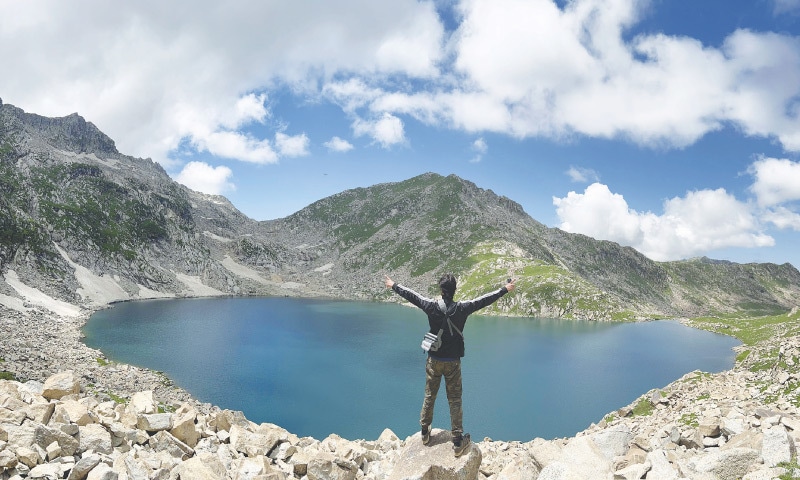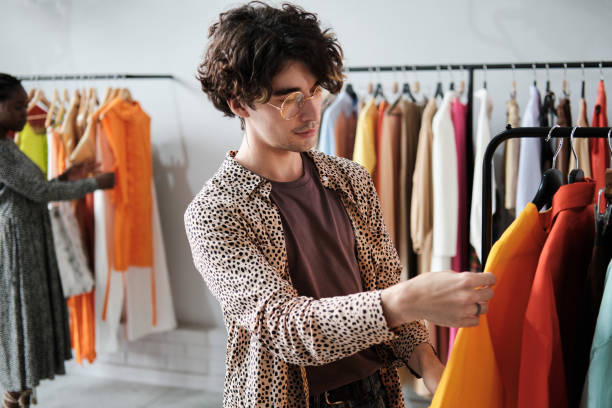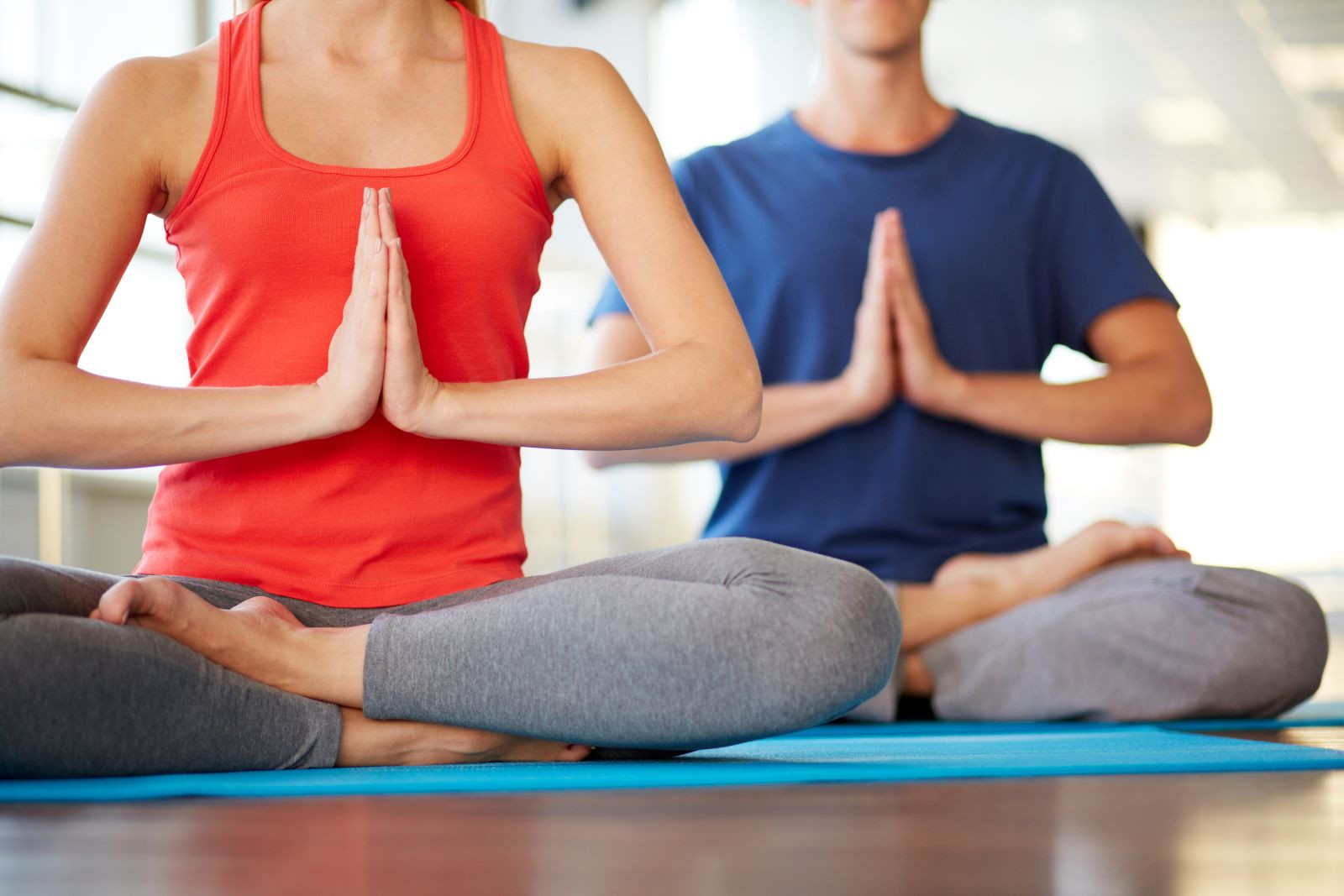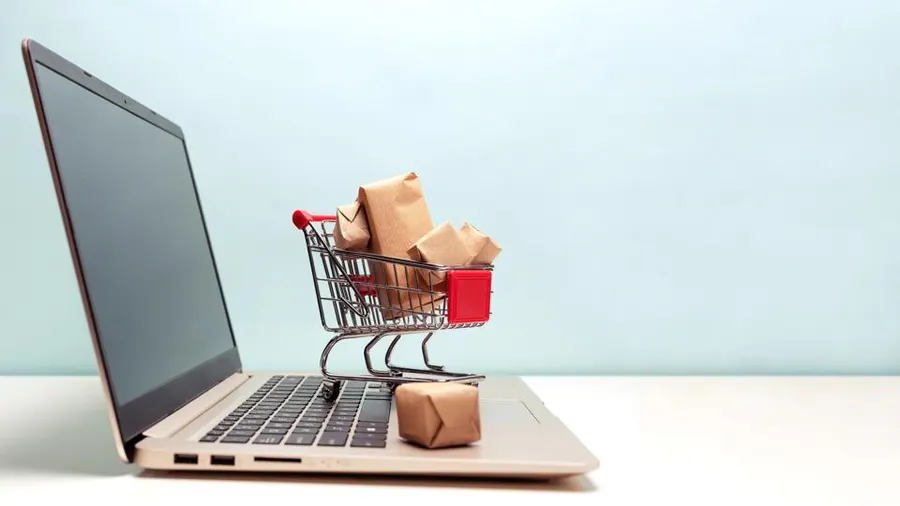In Pakistan, fashion isn’t just about looking good—it’s a statement, a rebellion, and sometimes even a battlefield. Power dressing, the art of using clothing to project confidence, authority, and identity, has taken center stage in a country where cultural, political, and social forces collide. From the iconic shalwar kameez of political leaders to the bold sarees of celebrities, fashion has become a tool for self-expression and a mirror of Pakistan’s evolving identity. This article dives deep into how power dressing in Pakistan has transformed into a cultural tug-of-war, blending tradition with modernity, and why it matters.
What Is Power Dressing in Pakistan?
Power dressing in Pakistan goes beyond tailored suits or sharp blazers—it’s about using traditional attire like shalwar kameez, sarees, and dupattas to convey authority, cultural pride, or defiance. It’s a deliberate choice to stand out while staying rooted in heritage. Think of Benazir Bhutto’s vibrant silks or Mahira Khan’s elegant sarees—each outfit tells a story of identity and influence.
Historical Roots of Power Dressing
The concept of power dressing in Pakistan traces back to the country’s founding. Muhammad Ali Jinnah, Pakistan’s Quaid-e-Azam, swapped his Saville Row suits for the sherwani and Jinnah cap, signaling a shift toward a distinct national identity. This wasn’t just fashion; it was a political statement that resonated with millions.
Modern Evolution of Power Dressing
Today, power dressing has evolved to reflect Pakistan’s dynamic society. Women, in particular, are redefining it by blending traditional silhouettes with modern cuts, embracing luxury pret and bold accessories to assert their presence in boardrooms, politics, and media. The rise of designers like Sana Safinaz and Elan has fueled this shift, offering outfits that scream confidence without sacrificing cultural roots.
The Cultural Battleground of Fashion
Fashion in Pakistan is more than aesthetics—it’s a battleground where tradition clashes with modernity, and religious conservatism meets progressive ideals. The rise of women’s independence has made clothing a lightning rod for debates about identity, modesty, and power.
Tradition vs. Modernity
In Pakistan, the shalwar kameez is a national staple, but how it’s worn sparks heated discussions. While some stick to modest, loose-fitting styles, others experiment with fitted cuts, bold prints, or Western-inspired designs. This tension reflects a broader struggle between preserving cultural norms and embracing global influences.
The Role of Women in Power Dressing
Women are at the forefront of this fashion revolution. From politicians like Maryam Nawaz Sharif, who pairs elegant shalwar kameez with statement jewelry, to actresses like Mahira Khan, who stuns in sarees, women use fashion to challenge stereotypes and assert their agency. Their choices often face scrutiny, yet they persist, turning clothing into a symbol of empowerment.
Religious and Social Pushback
The religious right often views bold fashion as a threat to traditional values. For instance, Bushra Bibi’s adoption of a modern purdah during Imran Khan’s tenure sparked debates about modesty versus modernity. Her choice wasn’t just personal—it was a political statement aligning with conservative ideals, showing how deeply fashion is intertwined with ideology.
Power Dressing in Politics
Politicians in Pakistan have long used fashion to shape their public image. Their clothing choices are deliberate, designed to resonate with voters while projecting authority.
Iconic Political Figures and Their Style
- Muhammad Ali Jinnah: His Jinnah cap and sherwani became symbols of Pakistani identity, blending elegance with cultural pride.
- Benazir Bhutto: Her vibrant shalwar kameez and signature dupatta created an iconic look that balanced tradition with global appeal.
- Bilawal Bhutto Zardari: His polished shalwar kameez and tailored jackets reflect youth and approachability, making him relatable yet authoritative.
How Politicians Shape Fashion Trends
Politicians don’t just wear clothes—they set trends. Benazir Bhutto’s green and white ensemble during her oath-taking ceremony, designed by Maheen Khan, inspired countless women to embrace vibrant silks. Similarly, Pervez Musharraf’s Amir Adnan sherwanis brought traditional menswear back into the spotlight.
Power Dressing in the Entertainment Industry
Pakistan’s entertainment industry is another arena where power dressing shines. Actresses and influencers use fashion to break barriers and redefine beauty standards.
Celebrities Leading the Charge
- Mahira Khan: Known for her elegant sarees and luxury pret, Mahira’s Eid 2025 looks have set trends for bold silhouettes and intricate embroidery.
- Maya Ali: Her power dressing blends modern cuts with traditional craftsmanship, making her a style icon for young women.
- Ayesha Omar: Her fearless fashion choices, from structured blazers to vibrant kurtas, challenge conventional norms.
The Influence of Luxury Pret
Luxury pret—a blend of ready-to-wear and couture—has become a cornerstone of power dressing. Designers like Sana Safinaz and Elan offer outfits that are both accessible and aspirational, allowing women to exude confidence in professional and social settings.
Comparing Power Dressing: Politics vs. Entertainment
| Aspect | Political Power Dressing | Entertainment Power Dressing |
|---|---|---|
| Purpose | Project authority, align with cultural values | Break norms, set trends |
| Style | Traditional shalwar kameez, sherwanis | Sarees, luxury pret, bold accessories |
| Audience | Voters, public | Fans, media |
| Impact | Shapes national identity | Redefines beauty standards |
Pros and Cons of Power Dressing in Each Sphere
Politics
Pros: Builds trust, reinforces cultural identity, inspires followers.
Cons: Faces scrutiny from conservative groups, limited room for experimentation.
Entertainment
Pros: Encourages creativity, sets global trends, empowers individuality.
Cons: Risk of backlash for “immodest” choices, pressure to stay trendy.
Where to Get Power Dressing Outfits in Pakistan
For those looking to embrace power dressing, Pakistan’s fashion scene offers plenty of options. Here’s where to start:
- Designer Boutiques: Visit Sana Safinaz, Elan, or Zara Shahjahan for luxury pret that blends tradition with modernity.
- Online Platforms: Daraz.pk and Shireen Lakdawala offer curated collections for power dressing.
- Local Markets: Karachi’s Zainab Market and Lahore’s Liberty Market are treasure troves for affordable yet chic shalwar kameez and sarees.
Best Tools for Power Dressing
- Tailoring Services: A well-fitted outfit is key. Local tailors can customize shalwar kameez or saree blouses for a polished look.
- Styling Apps: Apps like Pinterest and Canva help you visualize outfits inspired by Mahira Khan or Maryam Nawaz.
- Accessories: Invest in statement jewelry or structured handbags from brands like Sapphire to elevate your look.
People Also Ask (PAA)
What is power dressing in Pakistan?
Power dressing in Pakistan involves using traditional attire like shalwar kameez, sarees, or sherwanis to project confidence, authority, and cultural pride. It’s a blend of heritage and modern style, often seen in politics and entertainment.
How has fashion become a battleground in Pakistan?
Fashion in Pakistan is a battleground due to clashes between traditional values and modern influences. Women’s bold clothing choices often face pushback from conservative groups, making fashion a symbol of resistance and identity.
Who are the style icons of power dressing in Pakistan?
Icons like Benazir Bhutto, Mahira Khan, and Maryam Nawaz Sharif lead the way. Their outfits, from vibrant silks to elegant sarees, inspire millions to embrace confident, culturally rooted fashion.
Where can I buy power dressing outfits in Pakistan?
You can shop at designer boutiques like Sana Safinaz, online platforms like Daraz.pk, or local markets like Zainab Market in Karachi for affordable yet stylish options.
A Personal Story: My Journey with Power Dressing
Growing up in Lahore, I watched my mother, a school principal, transform every morning into a vision of authority with her crisp shalwar kameez and neatly draped dupatta. She’d laugh and say, “A good outfit is like armor—it makes you unstoppable.” Her words stuck with me as I entered the corporate world, where I learned that a well-tailored kurta could make me feel as powerful as any suit. Once, at a boardroom meeting, my bold red shalwar kameez turned heads—not because it was flashy, but because it screamed confidence. That’s when I realized: in Pakistan, power dressing isn’t just fashion; it’s a way to claim your space.
FAQ: Power Dressing in Pakistan
Q: What makes power dressing unique in Pakistan?
A: It blends cultural heritage with modern flair, using traditional attire like shalwar kameez to project confidence while respecting societal norms.
Q: How can I start power dressing on a budget?
A: Shop at local markets like Liberty Market or online platforms like Daraz.pk for affordable shalwar kameez, and focus on tailoring for a polished fit.
Q: Why do women face more scrutiny for power dressing?
A: Women’s fashion choices often challenge traditional norms, sparking debates about modesty and modernity in a conservative society.
Q: Which designers are best for power dressing?
A: Sana Safinaz, Elan, and Zara Shahjahan offer luxury pret that balances elegance and authority, perfect for power dressing.
Q: Can men embrace power dressing in Pakistan?
A: Absolutely! Men like Bilawal Bhutto Zardari use tailored shalwar kameez and sherwanis to project approachability and authority.
Why Power Dressing Matters
Power dressing in Pakistan is more than a trend—it’s a movement. It’s about claiming your identity in a world where every outfit is a statement. Whether you’re a politician addressing the nation or a professional stepping into a meeting, your clothes tell a story. They can bridge the gap between tradition and modernity, challenge stereotypes, or spark debates. As Pakistan’s fashion scene continues to evolve, one thing is clear: power dressing isn’t just about looking good—it’s about feeling unstoppable.
For more inspiration, check out Sana Safinaz’s latest collection or explore Shireen Lakdawala’s trend guide for the latest in Pakistani fashion.









Leave a Reply